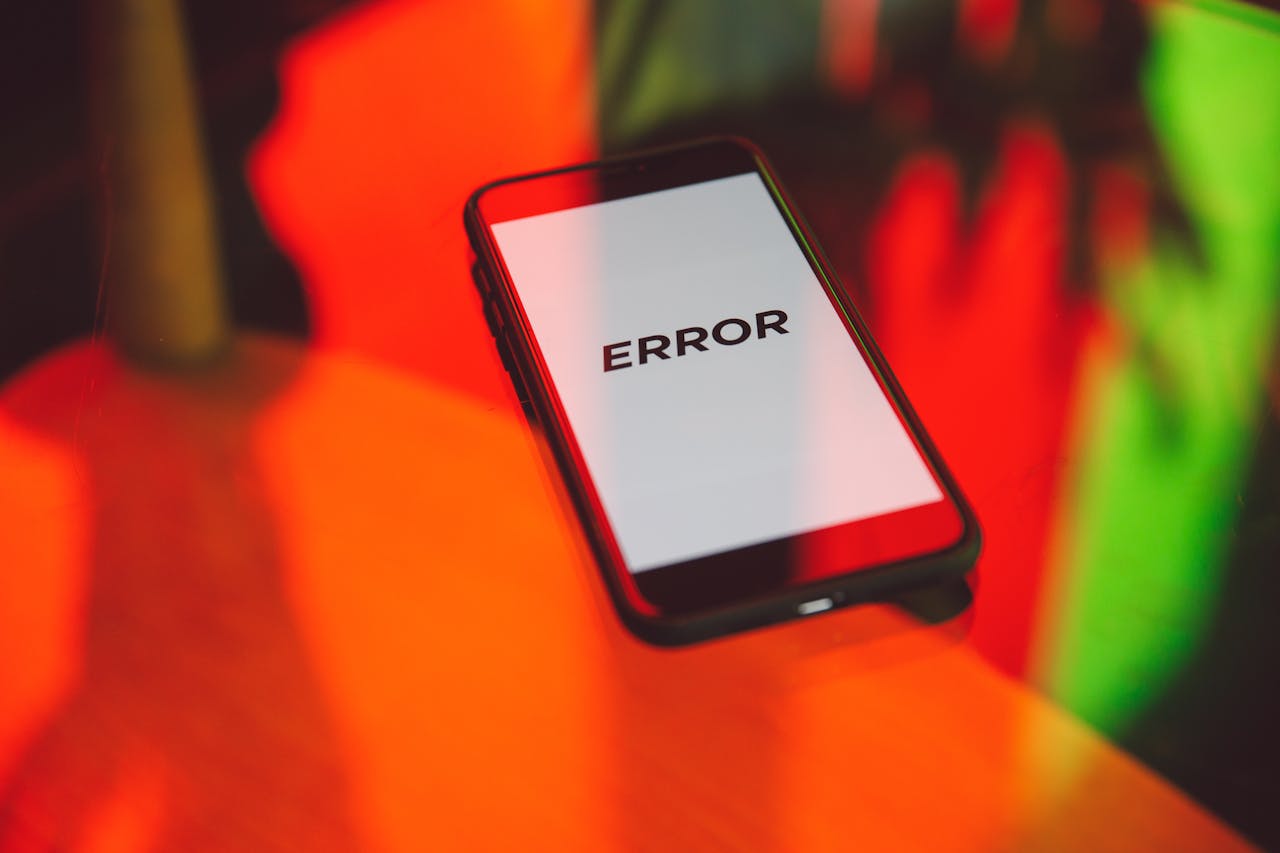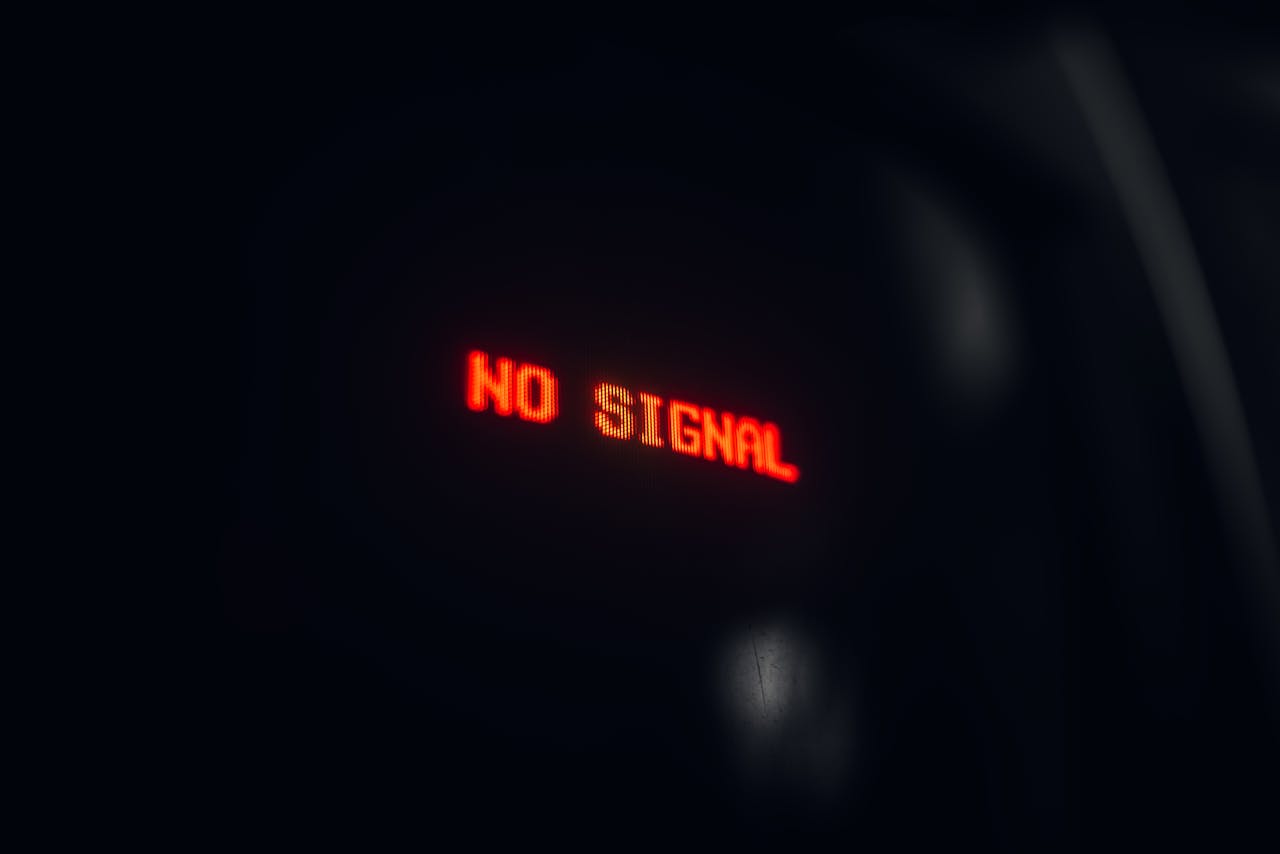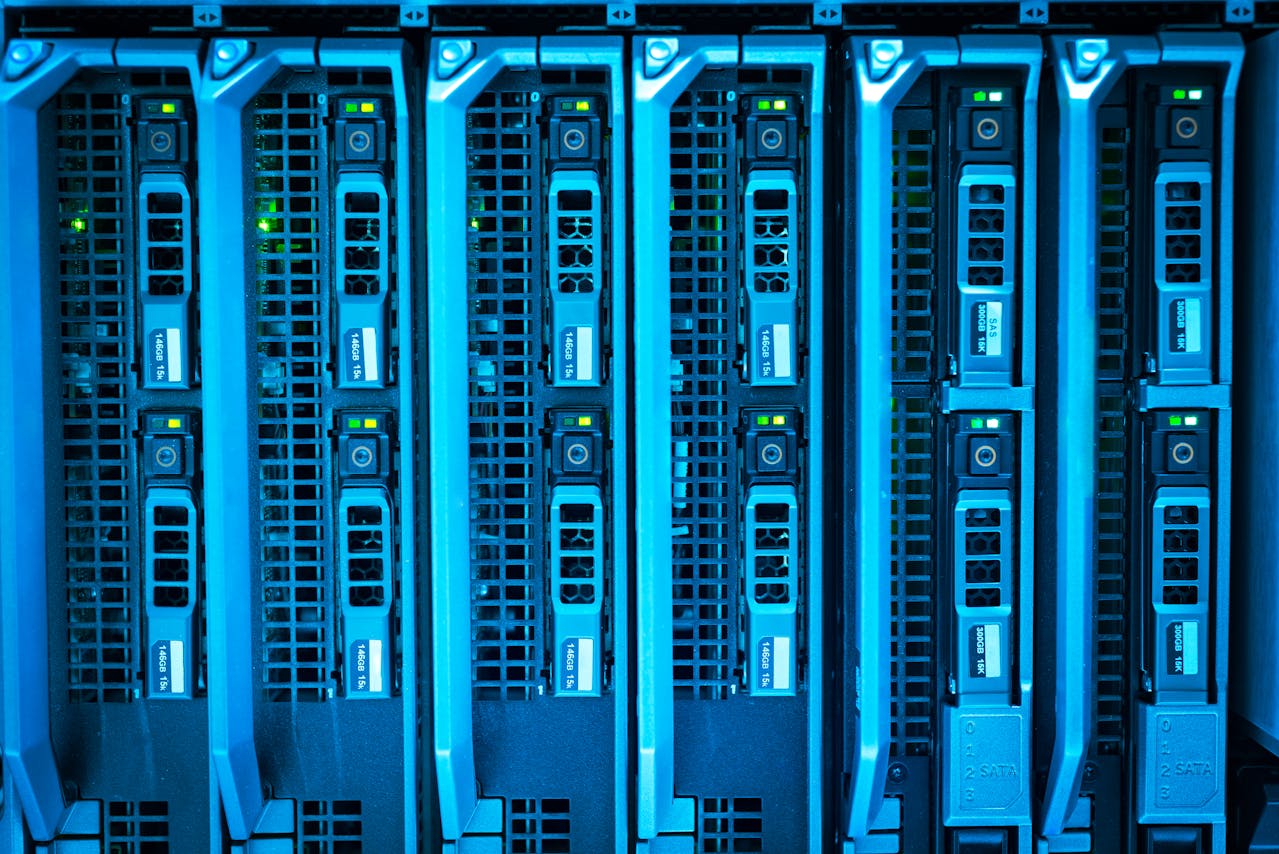For a few strange hours, the online world felt slightly broken in a way no one could quite explain. Timelines refused to refresh, familiar apps showed vague errors, and even outage maps struggled to load. Many blamed home Wi-Fi, old phones, or one misbehaving app. In reality, a single company most people had never heard of was struggling under the hood. When Cloudflare faltered, it briefly revealed how silently dependent modern life has become on hidden internet pipes.
Cloudflare, The Invisible Giant Of The Web

Cloudflare sits quietly between websites and the wider internet, screening bad traffic, speeding up pages, and shielding businesses from attacks. Millions of sites lean on it without ever mentioning the name on their homepages. Social platforms, newsrooms, online stores, and tiny blogs all ride the same infrastructure. When that middle layer stumbles, the impact does not look like one broken service. It feels like the entire online world has a cold at the same time.
The Moment Timelines Around The World Froze

People across continents opened their phones and saw the same odd stillness. Feeds stopped midscroll, replies refused to send, and notifications arrived without any actual content behind them. In offices, dashboards that usually ticked smoothly through real-time activity stalled or threw errors. At first, most assumed a local glitch or a single misbehaving app. Only later did it become clear that a shared backbone was wobbling, and countless digital lives were hitching on the same unseen rails.
Error 500, The Internet’s Version Of A Shrug

On screens everywhere, one code appeared again and again: Error 500. To most people, that number might as well be a shrug in numeric form. Pages simply announced an internal problem and suggested trying again later, without any real context. For engineers, that code is a red flag that something is failing on the server side, not on the device in someone’s hand. In this case, it hinted at deeper trouble inside a major traffic gateway.
How One Overstuffed File Triggered Global Headaches

After the dust settled, Cloudflare traced the chaos back to a configuration file that had quietly grown too large. When the system tried to load it, key services choked, and a chain reaction followed. No dramatic hack, no hostile actor in a hoodie, just a piece of internal housekeeping allowed to balloon past safe limits. It is almost boring as a story, which makes it more unsettling. A single overlooked detail briefly shook a significant slice of the internet.
Even The Outage Trackers Struggled To Stay Online

Normally, when services collapse, users flock to outage trackers to confirm that the problem is not on their side. This time, some of those monitors were caught in the same web of trouble. Charts flickered, error counters failed to update, and a few status pages went quiet right when they were needed most. It was like losing both the stadium lights and the scoreboard. The tools designed to observe the internet were suddenly just as confused as everyone watching them.
Offline Life Started To Feel The Strain

This was not only about frozen memes or stalled group chats. Transit sites, government portals, and payment flows felt the tremor too. Travelers trying to check schedules met error pages. Workers relying on browser-based tools hit blank screens instead of dashboards. Even small businesses that never heard the name Cloudflare found themselves explaining to customers that online forms, booking pages, or support portals were temporarily out of reach. The outage showed how tightly screens and sidewalks have been stitched together.
A Familiar Pattern In A Year Of Big Outages

The Cloudflare incident did not arrive in isolation. It joined a growing list of outages at major cloud platforms that briefly knocked airlines, banks, streaming, and office tools offline. Each event had a different cause, but the rhythm felt similar. A change is rolled out, some limit is crossed, systems buckle, and suddenly daily routines wobble on multiple continents. The more that critical services cluster around a few infrastructure giants, the more that rare mistakes echo globally.
The Internet’s Quiet Monoculture Problem

Farmers worry about monocultures, and the internet has its own version of that risk. When many sites rely on the same security filters, traffic accelerators, and routing paths, efficiency skyrockets but variety shrinks. A single misstep at one provider can ripple out to streaming, shopping, messaging, and media in one swoop. The Cloudflare outage put that dynamic in the spotlight. It showed how convenience and scale can slide into dependency long before anyone outside the industry notices.
What Engineers Did While Everyone Joked Online

While jokes and frustration spread, engineers inside Cloudflare and across affected companies dug through logs and rolled back recent changes. Traffic was shifted onto healthier paths, overgrown configuration files were trimmed, and extra guardrails were sketched out in real time. Status dashboards slowly changed from alarming red to cautious green. For most people, websites simply began working again with little explanation. Behind that smooth return were hours of tense, very human problem-solving that rarely makes headlines.
The Fix Landed, But The Unease Stayed

By the end of the day, most major platforms had returned to normal. A few lingering glitches persisted in corners of the network, then faded. Life moved on. Yet the outage left a faint mark. It reminded anyone paying attention that reliability is not magic and that even well-run systems have sharp edges. The outage became a quiet story about how risk is shared across the internet, whether or not people ever learn the name of the company at the center.
A Small Glitch With A Big Lesson

In hindsight, that strange window of half-working apps feels like a preview, not an isolated blip. Nothing collapsed for good, yet the illusion of a perfectly steady internet cracked a little. The episode suggested that more transparency, more diversity of providers, and more curiosity about the plumbing of the web would not hurt. The next time the digital world goes oddly silent, at least a few more people will understand that it might not be their Wi-Fi acting up.


